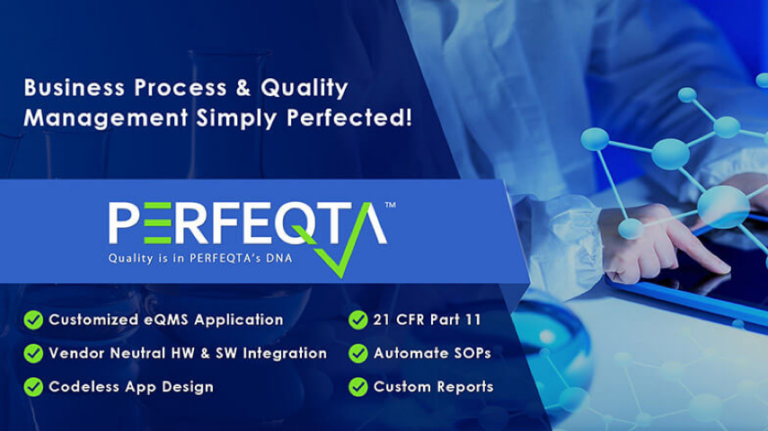Change Management – More Than A Process


Most change implementation methods concede that change is difficult and complex. This is due to the identification of the need for change having to be initiated by a human and it is not a completely automatable structure or process. Therefore, involving people early on when discussing implementing a change to a process, and continuously adjusting for improvement is critical to success. This includes thorough planning, buy-in, resource allocation, communication, and constant evaluation. Change management needs to be completely transparent in its workflows and procedures and allow time for the full process to take form and materialize. Attempting to speed up the processes or cut corners will not lead to a successful implementation.
Change management involves first identifying the individuals and groups who will need to be involved with the implementation as well as the products, groups, or services that will be affected by the impending result, and deciding in what areas and stages their involvement will occur. Will there be a small group of individuals involved or will this be a large group collaborating? Will it involve multiple departments or focus on one department solely? Change management then involves creating a customized plan for ensuring impacted employees receive the awareness, leadership, coaching, and training they need in order to implement the change successfully. Driving successful individual transitions should be the central focus of the activities in any change implementation. The goal should be to train and have your team involved during the whole process, so once implementation occurs everyone will feel confident in the new methods and enabled to use the new process
Successful change implementation provides a structured approach for supporting the individuals in your organization to move from their own current states to their own future states. Having a full buy-in with your team and making them feel like they are completely involved in the decision making of what is being implemented, how it is being implemented, and providing a process that allows everyone involved to own the new process is paramount to a successful implementation.
The end result of implementing this approach is that individuals embrace change more quickly and effectively, and organizations are able to respond quickly to market fluctuations, embrace strategic initiatives, and adopt new technology more quickly and with less productivity impact. This capability does not happen by chance, however, and requires a strategic approach to embed positive change across an organization. Yet, the end results are worth the time and effort for everyone involved and the whole organization.






